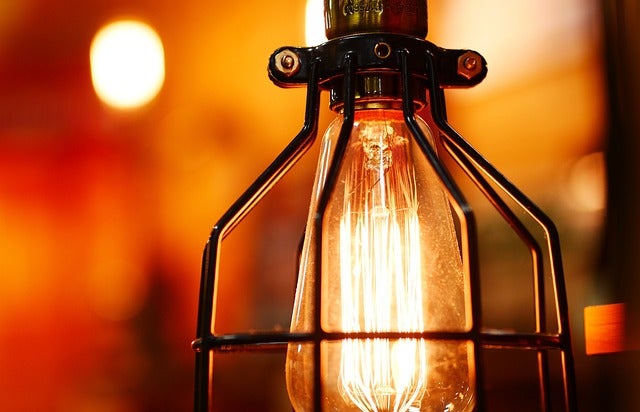Oh, Say Can We See Them In The Dawn's Early Light?
Published 1:48 pm Tuesday, July 2, 2013
The British could not have missed the flag in the dawn's early light on that September 14 morning in 1812.
The star-spangled banner that waved over Fort McHenry was 30 feet by 42 feet and required 400 yards of fabric as it was made by Mary Young Pickersgill and her 13-year-old daughter, Caroline in their Baltimore home.
The British had bombarded the star-shaped fort built on Whetstone Point with rockets and cannon fire from the fleet hoping to get past Fort McHenry to pound and plunder Baltimore, 25 hours of bombardment from the amassed ships, 1,500 bombshells.
Trending
The bombs bursting in air and the rockets' red glare were not exaggerated by Francis Scott Key, who witnessed the attack from a British ship. Key had sailed out to the fleet to free a friend, a Baltimore physician who had been taken prisoner by the British. The release had been agreed to but the impending attack on Fort McHenry forced the Americans to wait until it was over.
Baltimore merchants had sunk their own ships in a line nearly completely across the channel to block the British fleet, forcing them to pound Fort McHenry into submission or turn around. The only safe passage, the opening in the wall of sunken ships, would have brought the British fleet well within destructive range of the fort's artillery.
As long as the battle lasted, Henry and his friend knew the fort had not surrendered and that Baltimore was still safe. But then the bombardment did cease and Key had no idea what to expect as the darkness of night began to be replaced by the slow turning of the sky toward another day's light.
Washington, D.C. had already been burned. What would the Battle of Baltimore produce in this chapter of the War of 1812?
A flag of surrender?
No flag at all?
Trending
A British flag?
During a recent trip to Baltimore to watch the Detroit Tigers, my wife and I spent the morning at Fort McHenry, travelling across the harbor by water taxi, seeing the fort first from the water. After disembarking, we walked around the perimeter of the National Monument and Historic Shrine where the Chesapeake Bay meets the Patapsco River, at the water's edge, looking back up toward the sloping, grassy rise of ground that provided the first natural line of defense, before rising straight up, conforming to Fort McHenry's outer walls, the barrels of cannons protruding over the tall grasses.
Our timing was perfect. The fort's storm flag had been lowered and a replica, in size, of the full-blown flag that flew over Fort McHenry on that historic morning in 1814 was raised in its place.
One could not witness the raising of this huge flag with its 15 stars and 15 stripes from that vantage point without feeling a quickening of the heart. No wonder Francis Scott Key was moved to write a poem so powerful that it became our national anthem using just the first verse.
Old Glory was inspiring enough under a cloudless summer sky with no enemy in sight, no mortal foe that we could see.
But over these ramparts we still watched, remembering all the troops fighting for us overseas, the stars and stripes with them.
Knowing there are also troops returned to these shores, many disabled and bringing the battle home in a different shape. Can we see them in the dawn's early light? Can we see them in the bright noon sun? We can all do more for our returned veterans, especially those who are disabled. Let us stand together with them as if all our lives depend upon it. In the only way that truly matters, all of our lives do.
-JKW-





